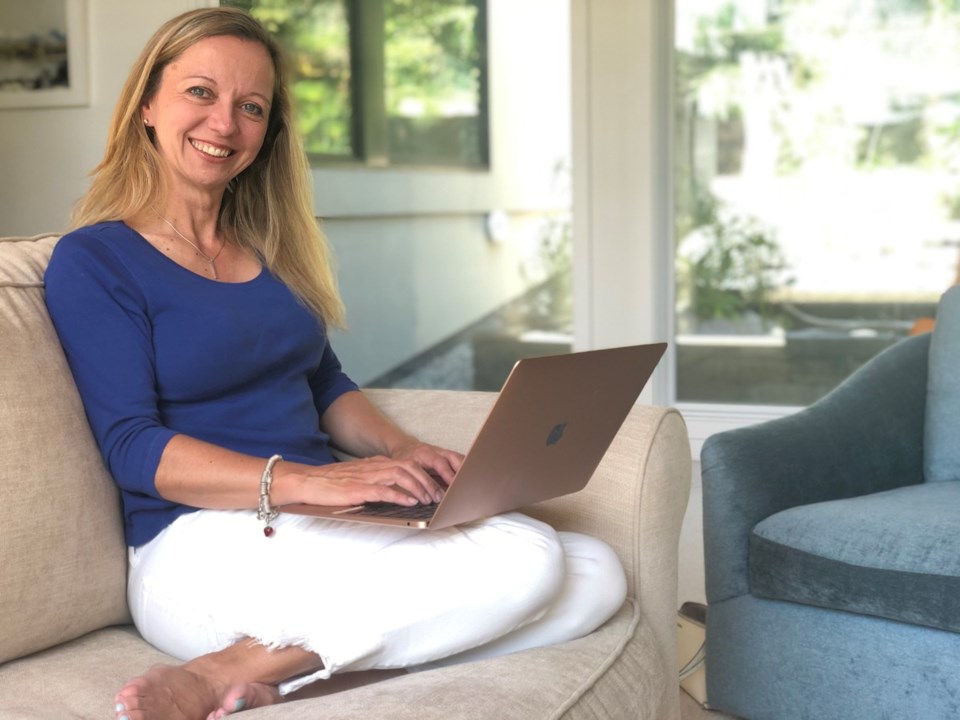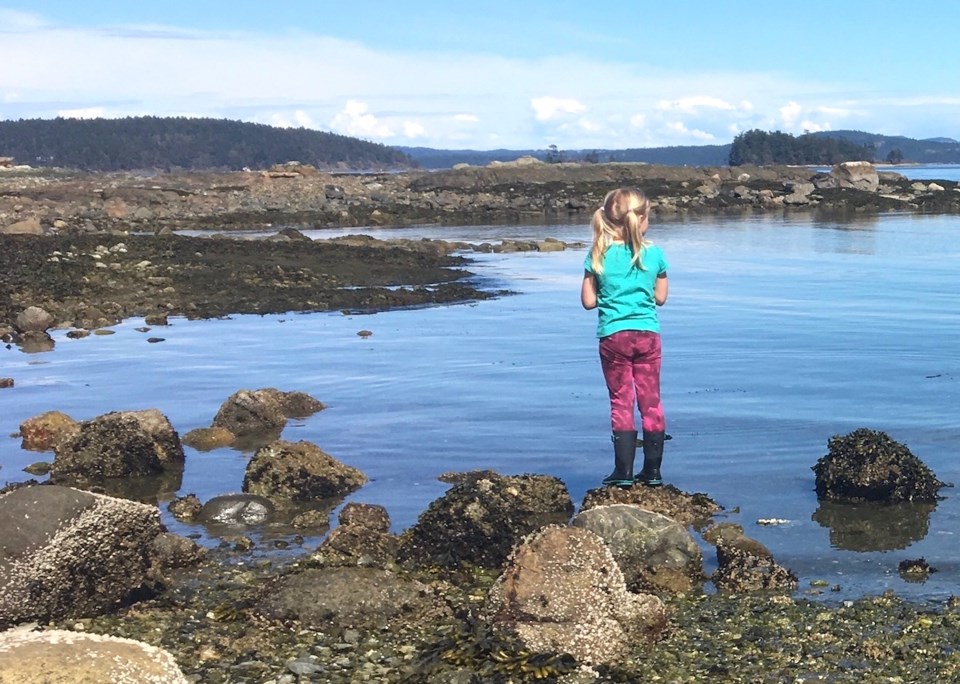Emma used to love going to the ocean. The creatures that lived under its surface were a source of endless fascination. The wide-open beaches were an invitation to run and play.
The novel coronavirus changed all that. Now the ocean is a source of anxiety for the seven-year-old. She’s so afraid that a tsunami is going to roar in and wash away all the virus that she doesn’t want to go near the ocean. Simply standing on a sidewalk with a view of the ocean sends her heart racing with fear. Each step has to be coaxed out of her.
Her parents are bewildered and worried. Why did Emma (not her real name) translate her fear of a tiny, unseen virus into a phobia about the endless expanse of the ocean? What can they do to help their daughter cope with fear of such an unavoidable fixture of life on the West Coast? Tell her not to worry? Hope she grows out of it? Put her on medication for anxiety?
As surprising as it might seem to Emma’s parents, this form of expression of anxiety can be common, especially for children who are already sensitive to the vibes they’re picking up from the adult world.
“Anxiety is really about worrying about the future. It's about what might happen,” says Sharon Selby, a North Shore clinical psychologist who specializes in helping children deal with fears and anxieties. “Adults do that and kids do that. I could sit here all day and worry about an earthquake coming. In the end, it's not going to make me safer; it's not going to help me; it's not going to stop the earthquake from coming.
“We get what psychological literature calls magical thinking — we believe that if we're worrying, it's somehow keeping us safer. It makes you feel like you're doing something. It is this magical kind of belief that if I worry about it, then somehow it isn't going to happen. But that's obviously not the case. And so part of the work is helping children realize how our mind can play tricks on us.”

Emma’s transference of her coronavirus anxiety into a fear of the ocean is a sign of how big that anxiety feels to her. “The first step,” Selby says, “is teaching children about what's happening in their mind and body. The part of the brain [that triggers stress reactions], the amygdala, just acts by feeling. It’s this whole idea that our brain gets confused and thinks something is a real emergency. It gets us ready for fight, flight or freeze but actually it's a false alarm. It's not a real emergency. The worry thoughts going round and round in her head don't mean that that's actually what's happening.”
Children are told that they are supposed to trust their inner voice as a way of keeping themselves safe. But they also need to be able to understand when they’re misinterpreting what that voice says.
Fear warns us not to get too close to the ocean’s crashing waves. Anxiety tells us that a tsunami is threatening us.
“The golden rule is that we trust our mind and our body — except when it seems like anxiety is playing tricks on us and trying to get us worried about the future. Tell them that anxiety is different than real fear. If you're in an emergency and you're getting those feelings because you've got true fear, of course we listen to our mind and body. But when it's a false alarm, that's when we don't listen.”
That’s not an easy process but it is where cognitive behaviour therapy comes in.
“My first tool is teaching them the brain science about the true alarms and false alarms,” Selby says. “The second one is about being a detective. Let’s look for clues.
“So, in this case, let’s look at the history of Vancouver. Has there ever been a tsunami before? What are the chances that there's going to be a tsunami in the near future? How many times have we walked by the ocean before? Considering that everything's been fine for all those hundreds of times that we've walked by the ocean, what are the chances of a tsunami? They start to realize that doesn't make sense.”
In order to help their children, adults also need to be aware that thinking something doesn’t make it true. “Children, and some adults, believe that if I'm having the thoughts, they must be real. We have to be the detective and ask ourselves ‘Is it really true that this is going to happen?’”
The other big thing to realize, she says, is that our thoughts create our feelings. “It's not the actual situation that creates our feelings. If, every time I look at the ocean, I have this thought that's not helpful, such as a tsunami's going to wash over me, then, yes, I'm going to feel really scared and I'm going to not want to go near the ocean. We have to change our thoughts to ‘The ocean is so beautiful. The ocean is very calm. The ocean has always been a safe place for me. I live in Vancouver where we don't have tsunamis.’ That’s when you’re going to feel more comfortable to walk near the ocean.
“It may take baby steps to get there but we're always trying to disprove the story that's giving us the anxiety.”
Want some practical advice? Read some of her approaches to helping children cope with anxiety here. You can also download her two free e-books on her website: 8 Common Mistakes to Avoid When Your Child is Anxious and Surfing the Worry Imp’s Wave: A Digital Guide for Reducing Coronavirus Anxiety.
Martha Perkins is the North Shore News’ Indigenous and civic affairs reporter. This reporting beat is made possible by the Local Journalism Initiative.



